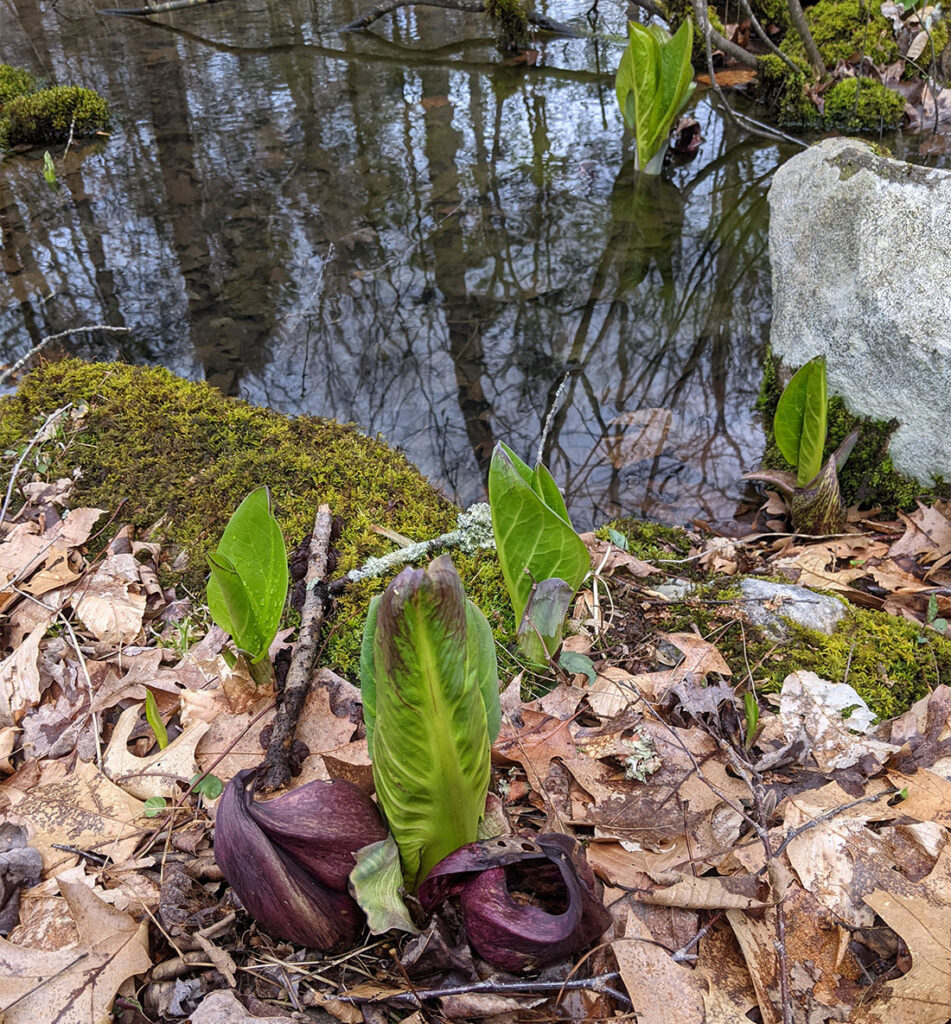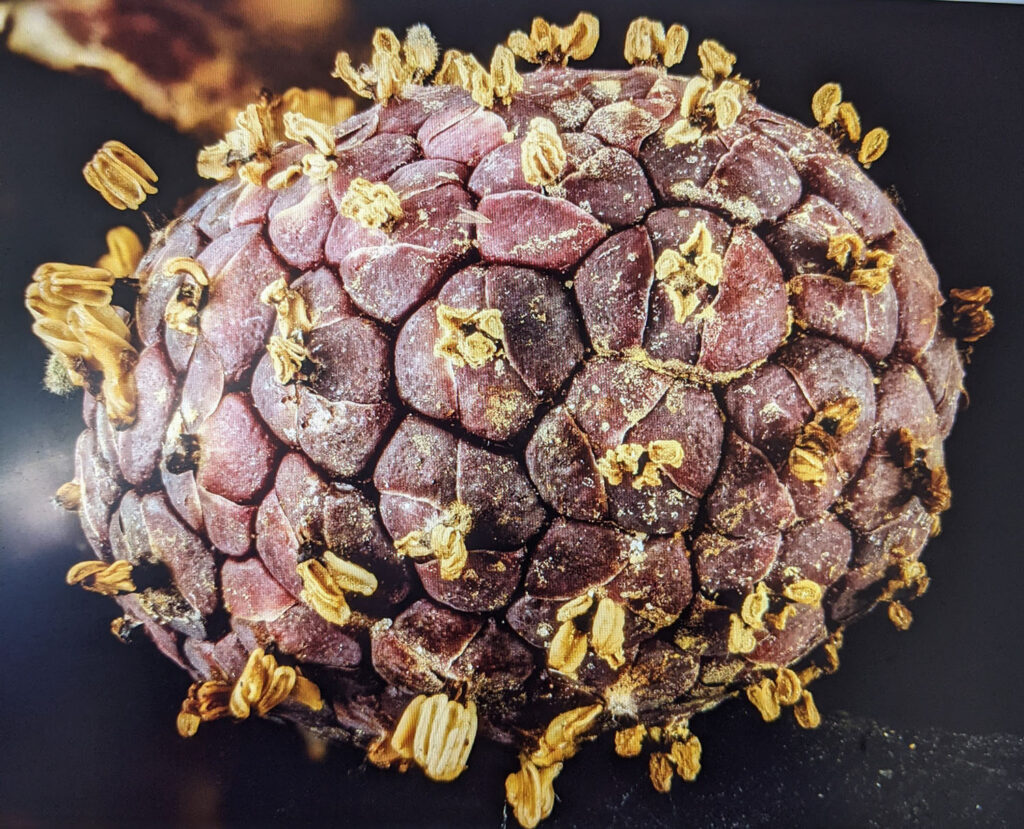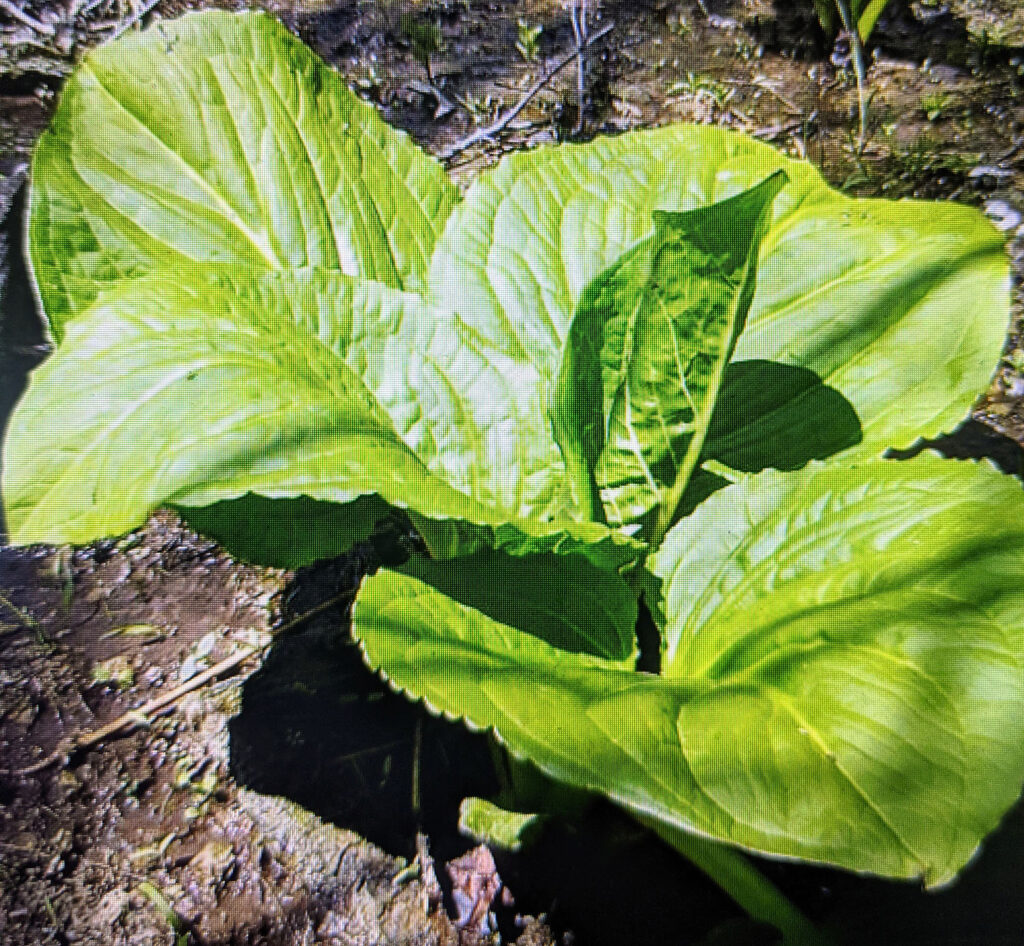If you go hiking in the next week or two, you will see the forest start to come alive. You might even catch sight of the flowering perennial skunk cabbage (Latin name is Symplocarpus Foetidus). It lives in the lowland habitat of the woodlands. You will find them in the wetlands and near streams.

It is one of the first plants to awaken in spring. A perennial is a plant that continues to come up year after year. In winter it dies back to the ground and leaves no trace of itself. This plant can have a lifespan up to 20 years. Foetidus is the same as fetid in English meaning an extremely unpleasant smell. It smells like rotted meat to attract beetles for pollination. The odor is emitted when the plant is bruised.
What makes skunk cabbage so interesting is that it is like a little furnace. Through a process called thermogenesis, the plant can heat up internally to 65 degrees F. This warming will melt the snow. The flower is hidden inside the petals. The petals are a burgundy color on the east coast and yellow in the west.

The plant is low growing, that is until the leaves start to appear. Once the flower starts to fade, the leaves become visible. The leaves can be 2 feet long and more than a foot across. They may remind you of hosta leaves.

So pack your backpack and head out to catch a glimpse of this harbinger of spring before the flower is gone. Don’t forget to take some photos. Then hike back to see the leaves in another week or two. It is such an exciting time in the forest, seeing it waking up. If you are looking for us, you will find us outside.


